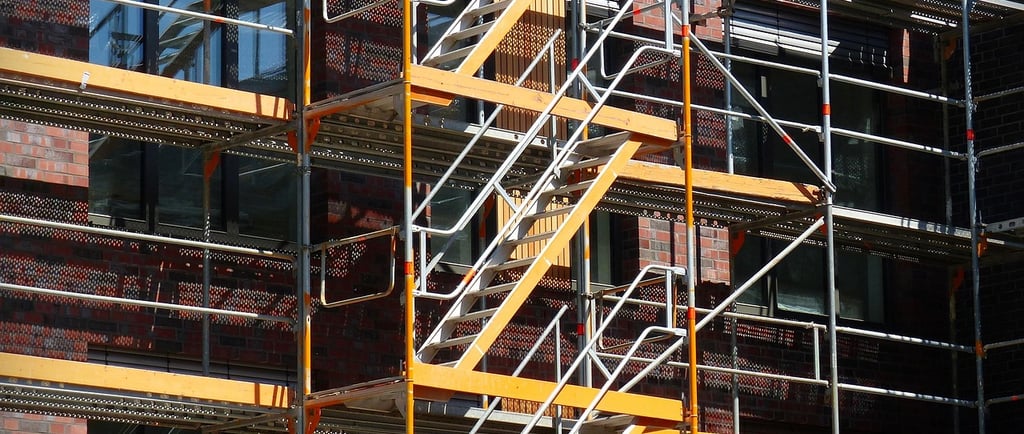Scaffolding Risks and Safe Work Practices
There are serious accidents occurred while using different types of scaffolding at construction and industrial projects. Understand the risks involved and necessary safety precautions to keep the workplaces free from accidents.
Ganpat Shinde
10/13/20251 min read


Scaffolding safety is a crucial part of workplace safety, especially in construction, maintenance and industrial projects where workers perform tasks at elevated heights. Unsafe scaffolding can lead to falls, collapses or falling objects, which are among the leading causes of workplace accidents.
Here is a detailed overview of scaffolding safety:
What is Scaffolding Safety?
Scaffolding safety refers to the set of practices, precautions and standards that ensure the safe erection, use, inspection and dismantling of scaffolding structures to protect workers from hazards such as falls, structural failures and falling materials.
Key Hazards of Scaffolding
Falls from height – due to lack of guardrails, improper access, or unsafe practices.
Scaffold collapse – caused by poor design, overloading, or weak foundations.
Falling objects – tools, materials, or debris dropping from scaffolds.
Electrocution – scaffolds placed too close to power lines.
Slips and trips – uneven planks, wet or oily surfaces.
Safety Precautions
(A) Erection and Dismantling
Only trained and competent persons should erect or dismantle scaffolds.
Use proper base plates and mud sills for stable foundations.
Ensure scaffolding is plumb, level and braced.
(B) During Use
Do not overload scaffolds beyond their designed capacity.
Always use guardrails, mid-rails and toe boards.
Provide safe access (ladders, stair towers).
Keep working platforms fully decked and free from gaps.
(C) Inspections
Inspect scaffolds daily before use and after any incident like storms or other impacts.
Check for damaged parts, loose planks, or missing braces.
(D) Fall Protection
Use fall arrest systems (safety harnesses, lanyards, lifelines) when required.
Workers must tie off properly at designated anchor points.
(E) Housekeeping
Keep tools and materials organized to avoid trip hazards.
Use debris nets or toe boards to prevent falling objects.
(F) Electrical Safety
Maintain a minimum clearance from power lines as per OSHA/IS standards.
Legal Standards (Examples)
OSHA (US): 29 CFR 1926.451 sets requirements for scaffolds.
Indian Standards (IS): IS 3696 (Part 1 & 2) covers scaffolds and ladders.
In summary:
Scaffolding safety ensures that workers have a stable, secure and properly maintained working platform. Proper erection, inspection, load management, fall protection and training are essential to prevent accidents.
